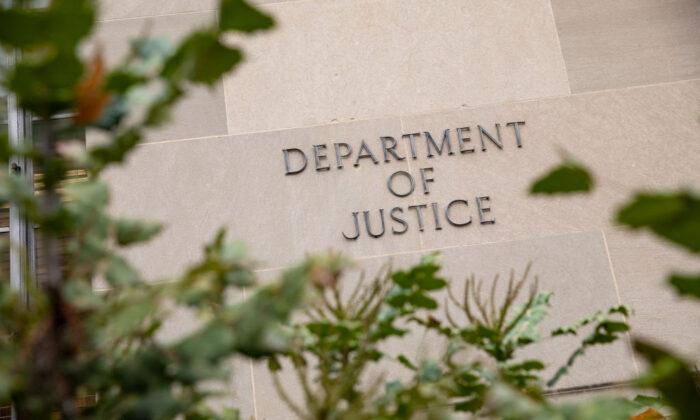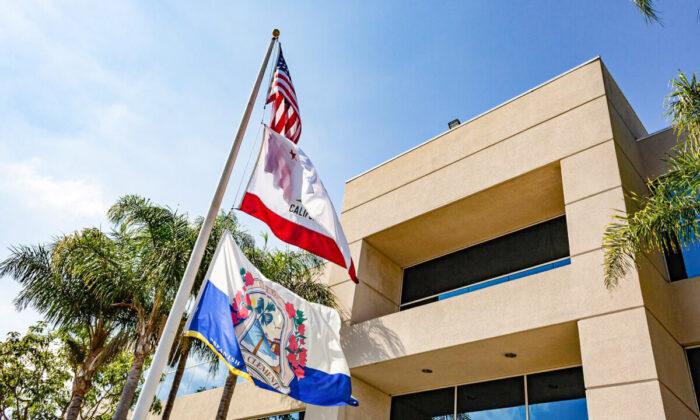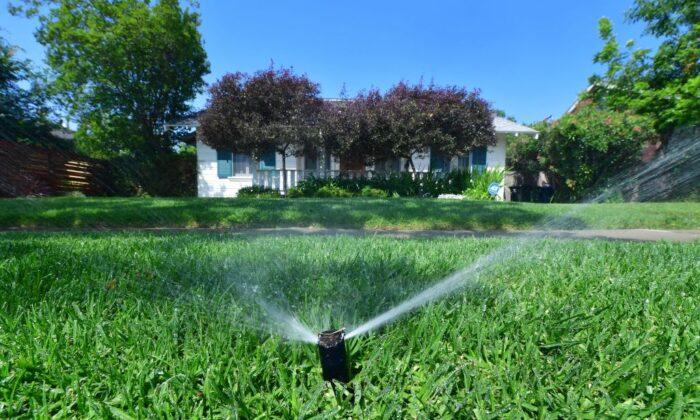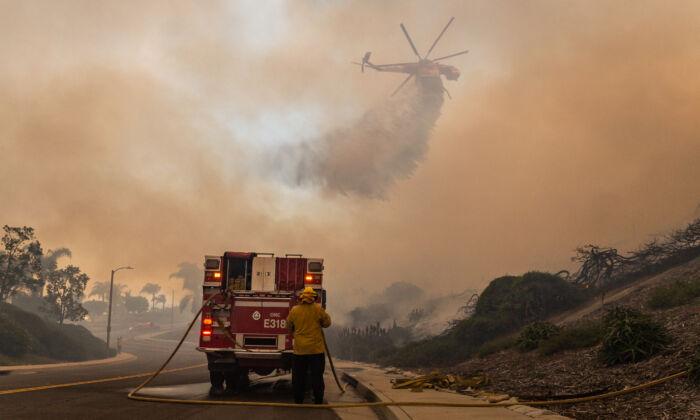LAGUNA BEACH, Calif.—Monarch Butterflies, a species in decline, will soon have a new garden to breed, lay their eggs, and feed on milkweed at Bluebird Park, located on Cress Street.
Joining the effort to save the declining monarch butterfly population, city officials authorized a second Monarch Butterfly and Pollinator Garden on March 29 to help protect the species through the National Wildlife Federation, the nation’s largest private nonprofit wildlife conservation, education, and advocacy group established in 1936.
“Our main focus is action and education,” Laura Ford, founder of the Pollinator Protection Fund in Laguna Beach, said during a March 29 city council meeting.
“Action in terms of planting the right kinds of native milkweed and other native plants to improve the habitat of Western Monarch butterflies. And education providing information and improving awareness so that more people plant monarch habitats anywhere in their gardens, backyards, and window boxes.”

Last year, Laguna Beach established the city’s first Monarch Butterfly and Pollinator Garden in Heisler Park, an oceanfront park that stretches along the bluffs on Cliff Drive.
After receiving a $5,000 grant from the nonprofit Monarch Joint Venture, the Pollinator Protection Fund of Laguna Beach will plant another garden at Bluebird Park over the next four months.
Mayor Sue Kempf also signed the National Wildlife Federation’s Mayor’s Monarch Pledge, a commitment to take action in preserving the monarch’s population.

“Through these initiatives, Laguna Beach is really showing itself to be truly engaged in the conservation effort of the Western Monarch Butterfly and other pollinators,” Ford said during the March 29 council meeting. “With these specific actions and the mayor’s monarch pledge, this will encourage other municipalities to do their part as well.”
Over the last two decades, the monarch butterfly population decreased by more than 80 percent and could become extinct in the next 20 years, according to a U.S. Geological Survey.
In 2020, the U.S. Fish and Wildlife Service listed the orange-and-black patterned butterfly as endangered or threatened under Endangered Species Act.
Pat Flanagan, CEO of Butterfly Farms, a Southern California-based nonprofit that focuses on education, conservation, and research founded in 2012, told The Epoch Times the monarch’s decline in population directly correlates with housing and urbanization, pesticides, and a change in the weather that drives out native landscaping.
“It’s all these little things that could certainly be contributing factors, but to roll it all up in one pretty picture and say, ‘this is what happened.’” Flanagan said. “But the truth is—we really don’t know why it’s been going down for the last 20 years.”






